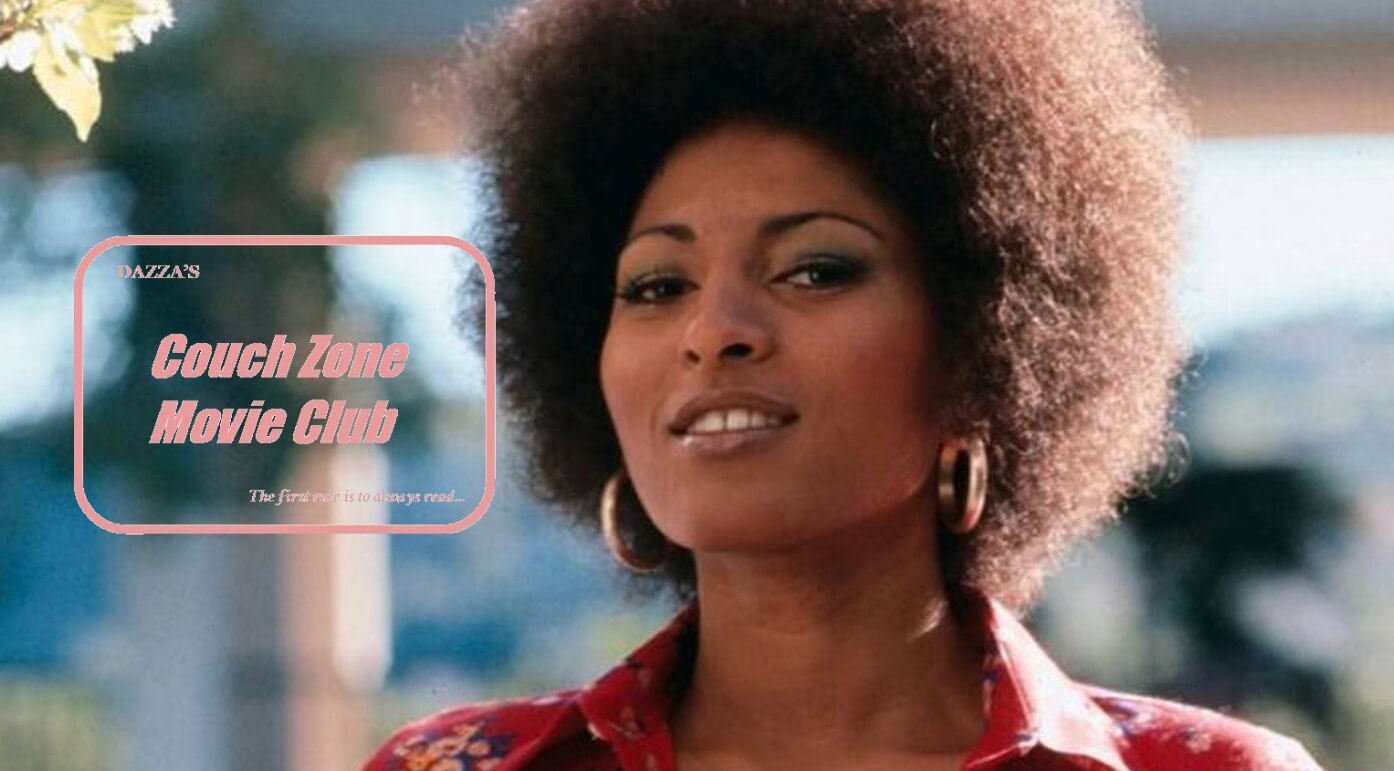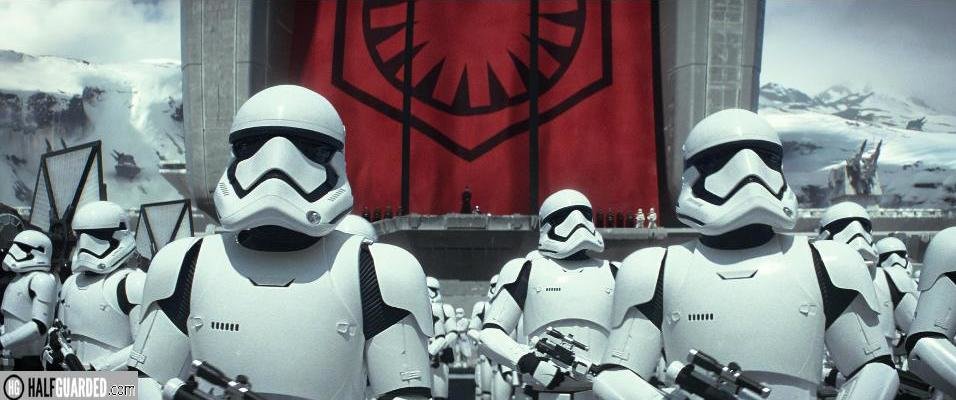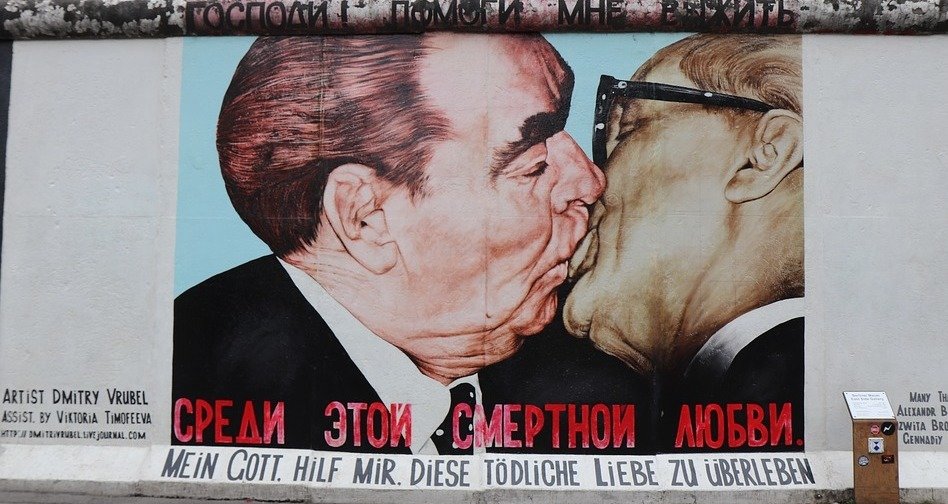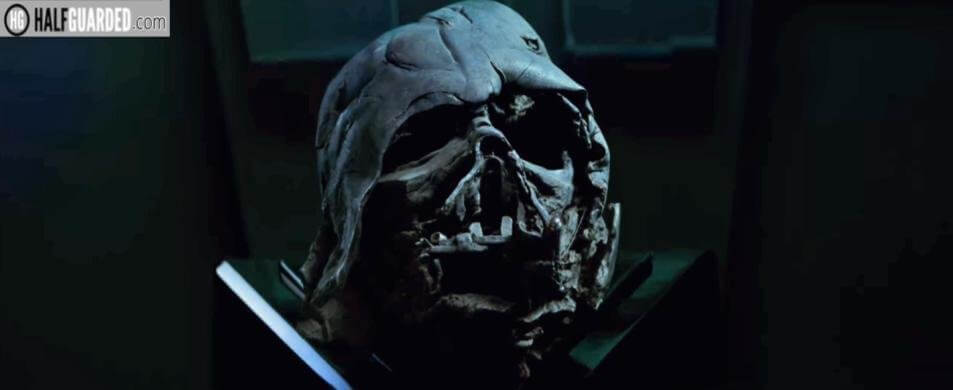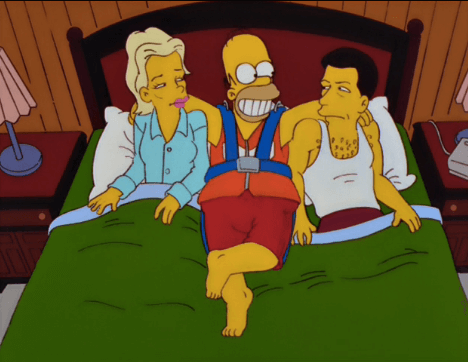
Yes, I’ve gone back to 74 in search of Infinity Stones and to snap my figures so that 2020 NEVER FUCKING HAPPENED.
It’s fascinating going back to 1974 and looking how different the movie world was back then. Jaws, the blockbuster that changed everything was still a year away and although there were big movies such as Godfather Part II and the comedies Blazing Saddles and Young Frankenstein a scan down the IMDB’s release list for the year shows a distinctively 70’s grimy alternative feel.
There’s a grindhouse flavour to 1974, with exploitation fare filling the smaller seedier venues. Slasher and horror movies were coming into vogue, Blaxploitation was at it’s peak and sex movies were now full length feature films. There was an entire underground culture of movies that nostalgic eyes can romanticise as vibrant and rebellious.
Even in the top ten box office movies of the year you can spot a very 70’s genre drawing in the audiences.
Towering Inferno (director: John Guillerman)
Towards the end of 1974, there were no less than three major disaster movies released, all hoping to replicate the success of Airport in 1970 and The Poseidon Adventure in 1972. Airport 1975 (sequel to the 1970 film) and Earthquake were met with unenthusiastic reviews but still made a sizeable return. However the third not only became the number one film at the box office that year, it even overachieved from it’s genre and scored eight Academy Award nominations including best picture.
Towering Inferno was typical of the disaster movies of the 70’s which had scarily relatable scenarios for audiences. Today disaster movies are massive, big budget CGI affairs, with world ending apocalyptic scenarios which ultimately leave audiences aloof. Yet in the 70’s there is a random, wrong place at the wrong time believable situation. Any one of us could be unlucky enough to be caught on a crashing plane, a sinking ship or in the case of Towering Inferno, trapped on the wrong side of a fire working it’s way up a 138 floor building (the twin towers had 110 floors to give you some perspective).
Another trope that the disaster movies of 74 employed was the soap opera element of the characters caught up in the drama. People with differing personalities, backgrounds, occupations would be thrust together in the disaster, all with their own, sometimes melodramatic backstories. This widespread cast meant you were following different character arcs, not all of them likeable people and whom not all would make it to the end. Contrast this with today, where you’re pretty much following one multi capable action hero, such as the Rock and his massive journey to rescue his daughter from an Earthquake in San Francisco as she’s the only person seemingly incapable of getting out of the city.
Playing these drama heavy citizens about to be trapped in a burning building are quite the impressive cast for it’s time. Robert Wagner is the guy having an affair and trapped because he’s having it away with his mistress, Fred Astaire is the ageing conman who seems to have fallen in love with his latest mark, Richard Chamberlain is the sleezy engineer who’s cost cutting has led to the fire in the first place (you always have to have a bit of hubris that causes the disaster in these things), William Holden is the building owner who refuses to issue an evacuation because it will interfere with the part he’s running for Robert Vaughan as a Senator.
But the main big two actors that really made this a must see in terms of star power were Paul Newman as the architect and Steve McQueen as the fireman who has to lead the rescue efforts. There’s an antagonism betweem their two roles from their first meeting, as McQueen says “Now, you know there’s no sure way for us to fight a fire in anything over the seventh floor, but you guys just keep building ’em as high as you can”. Famously there were clashes between the two actors in real life. McQueen and Newman both wanted to be perceived as top billing in the film and creatively to appease both their names were positioned in the credits so that neither took preeminence, with McQueen’s name left on the screen and Newman’s upper right.
Appeasing star egos wasn’t the only weird aura surrounding Towering Inferno as the film had a strange production process. The film is actually the combination of two projects. Warner Brothers and Fox had each paid substantial rights to two novels set on buildings on fire and fearing that the two films would split the potential audience took the unique approach to co-produce one film on the concept.
I first saw Towering Inferno when it aired for the first time on Boxing Day in 1980 on BBC, and was put up against Earthquake on ITV. I do remember much discussion in our household as to which we were going to watch, as this was in the days before video recorders made such decisions easier. The star power of Inferno won over, and even though I was only seven and this being an almost three hour film I was engaged from beginning to end. (I’m pretty sure that this was a rare film that aired with an interval due to it’s length, as the BBC doesn’t have commercials in it’s programming).
Young as I was I got a thrill out of seeing McQueen and Newman in the same film, knowing theme from Great Escape and Butch Cassidy and the Sundance Kid respectively. The film itself terrified me at times. Having a big phobia about heights when I was young (and probably not that keen on massive flames either), the many dangerous setbacks such as having to jump a broken walkway, an outdoor elevator knocked lose and been held up by a single cable, firefighters had to abseil down an elevator shaft and an attempt to create a escape route with a a buoy on a cable to an adjacent building going spectacularly wrong, I was a bag of nerves for much of it.
Even today I think Towering Inferno still holds up. There is a real adrenaline rush to the desperate battle against time to escape, and the deaths many of them surprisingly sudden of characters you’ve become invested in are pretty nasty. There is a real tragedy to the film even in the face of the victory against the fire, with an exhausted Steve McQueen looking at the heartbreaking sight of his colleagues bodies in row. The weight of disaster is helped by a stirring score that’s both majestic and somber.
Although the disaster movie genre though once an event movie attraction, proved not to be able to sustain itself into the 80’s. The problem was the number of disaster scenarios you could actually use. Once you’ve done disaster on a plane, ship and building, it’s stretching things to keep the old tropes going. Within a few years after resorting to avalanches, meteors, floods, volcanoes the genre was becoming self parody especially when Roller Coaster and the Swarm came along. Fittingly in 1980, the Airplane films came along and any serious attempts at disaster movies were done.
But back in 74, on the eve of the emergence of the Summer Blockbusters Towering Inferno brought perhaps our first glimpse of the epic event movies to come.

Foxy Brown (Director: Jack Hill)

If ever there was a genre of movies that was full of ironies and contradictions, it’s the 70’s explosion of action movies designed to appeal to Black audiences known as Blaxploitation. The term itself was meant as a criticism by Junius Griffin ( president of the Hollywood branch of the NAACP), and the argument was that the films exploited negative stereotypes and focused on the gangster and pimp personas for entertainment and to line Hollywood pockets.
The films however were very popular, allowing black audiences to see people like them not in the sidekick role, but headlining their own movies and being the hero. There was a subversive element that often portrayed the black icons coming out on top and defeating the normally white villains of the establishment. Often with stirring soundtracks the films were able to promote black artists, and provided careers for many actors and actresses, although the directors and producers were more often white.
Possibly capitalising on the images of strong women protesting in the Black power movements, Blaxplotation created a number of Black heroines. Most notable with Tamara Dobson as Cleopatra Jones and Coffy which made a star of Pam Grier as a vigilante wiping out a drug cartel following the heroin addiction of her sister.
Foxy Brown was originally meant to be a sequel to Coffy, and although this idea was abandoned, in terms of character it still works in this regard as Coffy and Foxy Brown are very similar in personality and style. This time Grier is out for revenge against another drug gang who have murdered her boyfriend, a government agent.

This was the first of Grier’s Blaxplotation era movies that I ever saw and having an admitted weakness of female action heroes, I thought she was absolutely amazing. Grier as well as being beautiful has so much presence, and there is a strength to her that makes it seem genuine that she could handle herself going up against mobsters. Foxy Brown is a great character who drives her own story in her quest for justice, using her cunning, intelligence to proactively track down her boyfriend’s murderers and then becoming a warrior to kick and shoot the shit out of them. And look bloody cool doing so.
Like most Blaxplotation movies, Foxy Brown does have a cheap B-Movie look and some of the performances reflect this. However the film is edited together well, and scenes flow smoothly making the action scenes enjoyable, particularly in a brawl in a lesbian bar (Foxy gets into it with a butch white woman) and a shootout at the end with Foxy teaming with a Black Panther group to take down the drug gang.
While the aesthetic may have aged, Foxy Brown still manages to look good to those (like myself) who have a nostalgic love of 70’s style, with Grier looking amazing in a range of outfits. It’s also refreshing, in an era where Wonder Woman was latched onto as a first in female empowerment, to see a strong female lead being in charge of her own story.
Foxy’s sexuality taps into the sexual liberation of the time, with the first scene between her and her boyfriend seeing her seducing him while he is in his hospital bed. However the depiction of Grier in the film has been criticised by some, arguing her black femininity borders on fetishism at times such as how she poses as a hooker at a brothel to infiltrate the drug gang. Although I’d argue she retains her power in these scenes, in particular when she uses her femininity to tease information from a white senator while making fun of his small dick and throws him out of her room without ever servicing him.
The film does take an nastily uncomfortable turn when Foxy is captured by the gang and given to two hideous rednecks on a drug farm. The two keep her tied to a bed, restrain her with a belt and after injecting her with heroin one of them rapes her (thankfully the camera does not show the act). Fortunately the two get theirs, as Foxy manages to free herself and ends up killing her captors by burning them alive.
While some of the Pam Grier movies I saw following on from this may be better (of this era I think Coffy may be my favourite), Foxy Brown has a fond spot in my heart. Thanks to Pam Grier sheer charisma and presence, it opened me up to other films featuring her from that era and any excuse to explore cult movies is always welcome by me.
There will always be valid discussions on the problems and positives of the blaxplotation genre, yet I’ll always find Grier a wonderfully powerful and groundbreaking figure, that stood proud at the end of her films. She also kicked cancer’s evil ass in real life.

Mean Machine (The Longest Yard) (Director: Robert Aldrich)
The cinema of the 70’s, particularly in the first half, was one of the most counter culture heavy periods in movie history. Even films which could be considered light comedies had anti establishment tones, such as The Longest Yard (which was renamed Mean Machine for us in the UK), where the heroes were convicted criminals while the villains were figures of authority in the form of the prison Warden and guards.
Mean Machine stars Burt Reynolds who’s roguish charm and off the charts charisma was breaking him into the top of Hollywood (and seriously talk about a career that went off the rails), playing a retired footballer who’s sent to prison after stealing his girlfriend’s car. In prison he is coerced by the football obsessed warden into helping with the Guards football team, which involves him putting together a team of prisoners to play them in an “exhibition.”
Reynolds manages to recruit a colourful and often violent array of inmates, including familiar movie heavies Robert Tessier and Richard Kiel (Jaws from the James Bond movies). The match becomes a matter of pride for the inmates as well as the incentive of getting to violently settle scores with some of the guards as a bonus.

Mean Machine is a fun movie, with Reynolds taking a more comedic approach than he was known for at the time. The first half of the game is a hilarious riot, with the inmates sacrificing progress in the game at one point by using some of their plays to deliberate hit the hated Captain of the guards repeatedly in the groin with the ball. There is also a violent tone to one of the funniest moments in the film where Richard Kiel injuries a guard, with his proclamation that he “broke his fucking neck,” being repeated by Kiel, the doctors and the game’s commentator.
The film does a good job of making you side with the inmates, due to the abuse they suffer at the hands of the guards and warden, as well as making them for the most part likeable albeit violent rogues. They’re easy to root for and there is a real fist bumping moment when it’s revealed the team have managed to steal proper football uniforms to play him much to the disgust of the Warden when they hit the field.
The Warden and his head guard (played by dependable bad guy Ed Lauter) are wonderfully easy to hate as bullying figures of authority. The hatred they cause from the audience really intensifies after the first half of the game. With the scores close the Warden tries to blackmail Reynolds with a murder charge unless he throws the game. When Reynolds agrees with the added clause that none of the inmates get hurt for the rest of the gain, the Warden agrees but then orders the Captain to cause as much deliberate damage as possible once the Guards teams have been given a big enough lead.
Mean Machine is a great example of the edginess of 70’s movies, even amongst the closet as to what could be considered mainstream (the film finished 8th in the box office chart for the year). By the time a remake came along some 30 years later in an Adam Sandler comedy, you could see how safer movies had become, with a brighter tone and in particular the “I think he broke his fucking neck” line watered down to “I think he shit himself.”
With the timeless grit of a prison setting, Mean Machine has aged incredibly well, and it’s certainly worth seeking out, especially with a Burt Reynolds in his prime.

WTF? Zardoz, what the fuck are you wearing?

Burt Reynolds made many questionable casting choices in his career, but luckily he dodged a bullet when he became ill and couldn’t take the role of Zardoz.
Instead the role fell to a post James Bond Sean Connery, who got to traipse around a surreal science fiction world, dressed in a fucking red nappy. Yep Connery wasn’t exactly getting many offers once he stopped being 007, so didn’t have a lot of pull when it comes to wardrobe decisions.
Connery walking round in his underpants isn;t the most offensive thing about the film, as our “hero” is also a rapist and the whole film is unsettling, and pretentiously psychedelic.
Honestly, it’s crap, but thankgod there’s only a few years left before Star Wars came along.
My backwards journey through movies continues with 1973, even though no one asked for it.
Dazza

